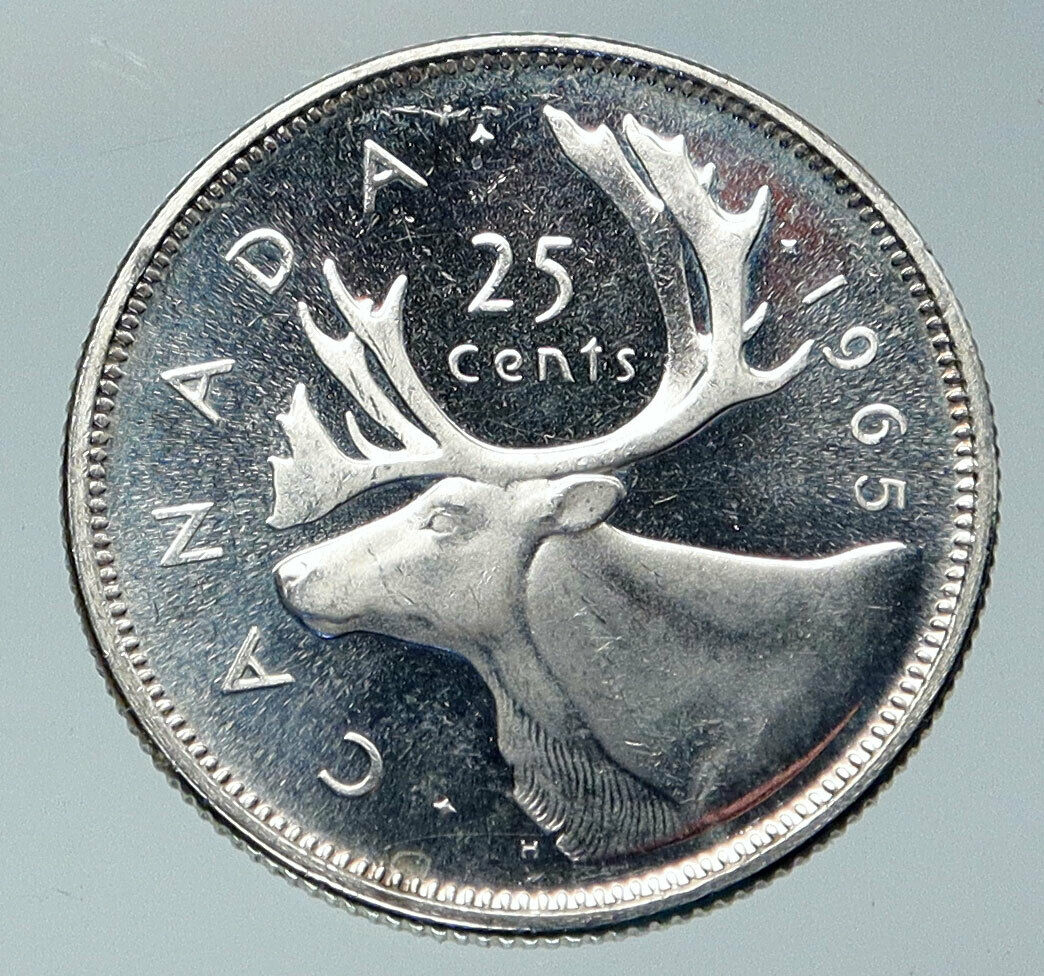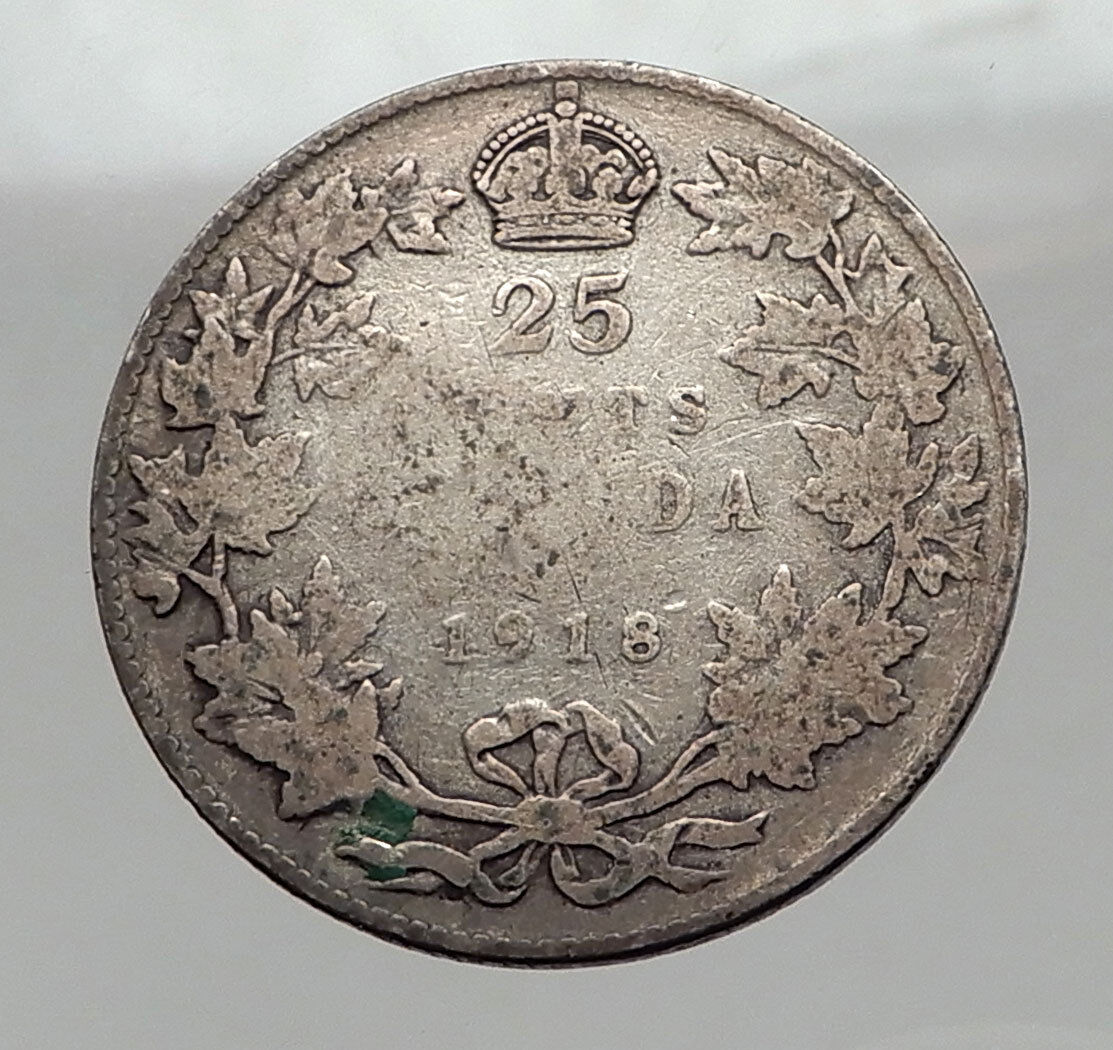|
Canada – 125th Anniversary of the Canadian Confederation
Saskatchewan
1992 Proof Silver 25 Cents 23.8mm (5.83 grams) 0.925 Silver (0.1734 oz. ASW)
Reference: KM# 233a | Engraver: Dora de Pédery-Hunt, Brian E. Cobb
ELIZABETH II CANADA D·G·REGINA 1867-1992, Elizabeth II facing right.
SASKATCHEWAN BEC 25 CENTS, Buildings behind wall, grain stalks on right.
You are bidding on the exact item pictured, provided with a Certificate of Authenticity and Lifetime Guarantee of Authenticity.
 Saskatchewan is a prairie and boreal province in Western Canada, the middle of the three prairie provinces. Nearly 10% of Saskatchewan’s total area of 651,900 square kilometres (251,700 sq mi) is fresh water, which is composed mostly of rivers, reservoirs, and the province’s 100,000 lakes. English is the primary language of the province, with 82.4% of Saskatchewanians speaking English as their first language. Saskatchewan is a prairie and boreal province in Western Canada, the middle of the three prairie provinces. Nearly 10% of Saskatchewan’s total area of 651,900 square kilometres (251,700 sq mi) is fresh water, which is composed mostly of rivers, reservoirs, and the province’s 100,000 lakes. English is the primary language of the province, with 82.4% of Saskatchewanians speaking English as their first language.
Saskatchewan is bordered on the west by Alberta, on the north by the Northwest Territories, on the east by Manitoba, to the northeast by Nunavut, and on the south by the U.S. states of Montana and North Dakota. As of Q1 2020, Saskatchewan’s population was estimated at 1,181,987. Residents primarily live in the southern prairie half of the province, while the northern boreal half is mostly forested and sparsely populated. Of the total population, roughly half live in the province’s largest city Saskatoon or the provincial capital Regina. Other notable cities include Prince Albert, Moose Jaw, Yorkton, Swift Current, North Battleford, Melfort, and the border city Lloydminster (partially within Alberta).
 Saskatchewan is a landlocked province with large distances to moderating bodies of waters. As a result, its climate is extremely continental, rendering severe winters throughout the province. Southern areas have very warm or hot summers. Midale and Yellow Grass (both near the U.S. border) are tied for the highest ever recorded temperatures in Canada, with 45 °C (113 °F) observed at both locations on July 5, 1937.In winter, temperatures below −45 °C (−49 °F) are possible even in the south during extreme cold snaps. Saskatchewan is a landlocked province with large distances to moderating bodies of waters. As a result, its climate is extremely continental, rendering severe winters throughout the province. Southern areas have very warm or hot summers. Midale and Yellow Grass (both near the U.S. border) are tied for the highest ever recorded temperatures in Canada, with 45 °C (113 °F) observed at both locations on July 5, 1937.In winter, temperatures below −45 °C (−49 °F) are possible even in the south during extreme cold snaps.
Saskatchewan has been inhabited for thousands of years by various indigenous groups. Europeans first explored the area in 1690 and first settled in the area in 1774. It became a province in 1905, carved out from the vast North-West Territories, which had until then included most of the Canadian Prairies. In the early 20th century the province became known as a stronghold for Canadian social democracy; North America’s first social-democratic government was elected in 1944. The province’s economy is based on agriculture, mining, and energy.
The former Lieutenant Governor, Thomas Molloy, died in office on July 2, 2019. On July 17, 2019, the federal government announced the appointment of Russell Mirasty, former Assistant Commissioner with the Royal Canadian Mounted Police, as the new Lieutenant Governor. The current premier is Scott Moe.
In 1992, the federal and provincial governments signed a historic land claim agreement with First Nations in Saskatchewan. The First Nations received compensation and were permitted to buy land on the open market for the bands; they have acquired about 3,079 square kilometres (761,000 acres; 1,189 sq mi), now reserve lands. Some First Nations have used their settlement to invest in urban areas, including Regina and Saskatoon.
.svg/220px-Canada_(orthographic_projection).svg.png)  Canada is a country, consisting of ten provinces and three territories, in the northern part of the continent of North America. It extends from the Atlantic to the Pacific and northward into the Arctic Ocean, covering 9.98 million square kilometres (3.85 million square miles) in total, making it the world’s second-largest country by total area and the fourth-largest country by land area. Canada’s common border with the United States forms the world’s longest land border. Canada is sparsely populated overall, the majority of its land territory being dominated by forest and tundra as well as the mountain range of the Rocky Mountains; about four-fifths of the population live near to the southern border. The majority of Canada has a cold or severely cold winter climate, but southerly areas are warm in summer. Canada is a country, consisting of ten provinces and three territories, in the northern part of the continent of North America. It extends from the Atlantic to the Pacific and northward into the Arctic Ocean, covering 9.98 million square kilometres (3.85 million square miles) in total, making it the world’s second-largest country by total area and the fourth-largest country by land area. Canada’s common border with the United States forms the world’s longest land border. Canada is sparsely populated overall, the majority of its land territory being dominated by forest and tundra as well as the mountain range of the Rocky Mountains; about four-fifths of the population live near to the southern border. The majority of Canada has a cold or severely cold winter climate, but southerly areas are warm in summer.
The land now called Canada has been inhabited for millennia by various Aboriginal peoples. Beginning in the late 15th century, British and French colonies were established on the region’s Atlantic coast. As a consequence of various conflicts, the United Kingdom gained and lost North American territories until left, in the late 18th century, with what mostly comprises Canada today. Pursuant to the British North America Act, on July 1, 1867, three colonies joined to form the autonomous federal Dominion of Canada. This began an accretion of provinces and territories to the new self-governing Dominion. In 1931, Britain granted Canada near total independence with the Statute of Westminster 1931 and full sovereignty was attained when the Canada Act 1982 severed the vestiges of legal dependence on the British parliament.
Canada is a federal parliamentary democracy and a constitutional monarchy, Queen Elizabeth II being the current head of state. The country is officially bilingual at the federal level. It is one of the world’s most ethnically diverse and multicultural nations, the product of large-scale immigration from many countries, with a population of approximately 35 million as of 2015. Its advanced economy is the eleventh largest in the world, relying chiefly upon its abundant natural resources and well-developed international trade networks. Canada’s long and complex relationship with the United States has had a significant impact on its economy and culture.
Canada is a developed country and one of the wealthiest in the world, with the tenth highest nominal per capita income globally, and the eighth highest ranking in the Human Development Index. It ranks among the highest in international measurements of government transparency, civil liberties, quality of life, economic freedom, and education. Canada is a Commonwealth Realm member of the Commonwealth of Nations, a member of the Francophonie, and part of several major international and intergovernmental institutions or groupings including the North Atlantic Treaty Organization, the G8, the Group of Ten, the G20, the North American Free Trade Agreement and the Asia-Pacific Economic Cooperation forum.
|





 Saskatchewan is a prairie and boreal province in Western Canada, the middle of the three prairie provinces. Nearly 10% of Saskatchewan’s total area of 651,900 square kilometres (251,700 sq mi) is fresh water, which is composed mostly of rivers, reservoirs, and the province’s 100,000 lakes. English is the primary language of the province, with 82.4% of Saskatchewanians speaking English as their first language.
Saskatchewan is a prairie and boreal province in Western Canada, the middle of the three prairie provinces. Nearly 10% of Saskatchewan’s total area of 651,900 square kilometres (251,700 sq mi) is fresh water, which is composed mostly of rivers, reservoirs, and the province’s 100,000 lakes. English is the primary language of the province, with 82.4% of Saskatchewanians speaking English as their first language. Saskatchewan is a landlocked province with large distances to moderating bodies of waters. As a result, its climate is extremely continental, rendering severe winters throughout the province. Southern areas have very warm or hot summers. Midale and Yellow Grass (both near the U.S. border) are tied for the highest ever recorded temperatures in Canada, with 45 °C (113 °F) observed at both locations on July 5, 1937.In winter, temperatures below −45 °C (−49 °F) are possible even in the south during extreme cold snaps.
Saskatchewan is a landlocked province with large distances to moderating bodies of waters. As a result, its climate is extremely continental, rendering severe winters throughout the province. Southern areas have very warm or hot summers. Midale and Yellow Grass (both near the U.S. border) are tied for the highest ever recorded temperatures in Canada, with 45 °C (113 °F) observed at both locations on July 5, 1937.In winter, temperatures below −45 °C (−49 °F) are possible even in the south during extreme cold snaps..svg/220px-Canada_(orthographic_projection).svg.png)
 Canada is a country, consisting of ten provinces and three territories, in the northern part of the continent of North America. It extends from the Atlantic to the Pacific and northward into the Arctic Ocean, covering 9.98 million square kilometres (3.85 million square miles) in total, making it the world’s second-largest country by total area and the fourth-largest country by land area. Canada’s common border with the United States forms the world’s longest land border. Canada is sparsely populated overall, the majority of its land territory being dominated by forest and tundra as well as the mountain range of the Rocky Mountains; about four-fifths of the population live near to the southern border. The majority of Canada has a cold or severely cold winter climate, but southerly areas are warm in summer.
Canada is a country, consisting of ten provinces and three territories, in the northern part of the continent of North America. It extends from the Atlantic to the Pacific and northward into the Arctic Ocean, covering 9.98 million square kilometres (3.85 million square miles) in total, making it the world’s second-largest country by total area and the fourth-largest country by land area. Canada’s common border with the United States forms the world’s longest land border. Canada is sparsely populated overall, the majority of its land territory being dominated by forest and tundra as well as the mountain range of the Rocky Mountains; about four-fifths of the population live near to the southern border. The majority of Canada has a cold or severely cold winter climate, but southerly areas are warm in summer.




